Hollywood was established in 1853, with a single adobe hut on land outside Los Angeles, California. Growing crops was so successful there that by 1870, Hollywood became a thriving agricultural community. One of its most notable historic figures was real estate tycoon, Harvey Henderson Wilcox and his wife, Daeida, who moved to Los Angeles from Topeka, Kansas, in the 1880s. Wilcox, having lost the use of his legs from a bout with typhoid fever prior to moving out west, bought 160 acres of land west of the city, at the foothills near the Cahuenga Pass. The town's name came from Daeida, who, while on a train trip east met a woman that described her country home in Ohio, that had been named for the Dutch settlement of Hollywood. Liking the name, Daeida christened their ranch "Hollywood," upon her return. On February 1, 1887, Wilcox submitted a grid map of his new town to the Los Angeles County recorder's office. This was the first official document with the name "Hollywood" printed on it. The first street in town was named Prospect Avenue, but was later changed to Hollywood Boulevard, where city lots were carved out around dirt avenues and pepper trees. At one time, English holly was planted in the area, but it didn't survive in the arid climate. By 1900, Hollywood had a population of 500, a post office, a newspaper, a hotel, and two markets. In neighboring Los Angeles, through seven miles of orange groves, the population had reached 100,000. There was a single-track streetcar line that twisted its way along Prospect Avenue, on an irregular schedule, into the city on a two-hour trip. By 1902, the first portion of the famous Hollywood Hotel was built. A new trolley car system was installed in 1904, cutting the travel time dramatically. The system was called the "Hollywood Boulevard." Due to its ongoing struggles to maintain an adequate water supply, residents voted to have Hollywood annexed by the City of Los Angeles and its new aqueduct system.
Studios flee to Hollywood In the early 1900s, filmmakers began moving to the Los Angeles area to get away from the strict rules imposed by Thomas Edison's Motion Picture Patents Company in New Jersey. Since most of the movie making patents were owned by Edison, independent filmmakers were often sued by Edison to stop their productions. To escape his control, and because of the ideal weather conditions and varied terrain, movie makers began to arrive in Los Angeles to make their films. If agents from Edison's company came out west to find and stop these filmmakers, adequate notice allowed for a quick escape to Mexico. Working without disturbance from Edison, the Biograph Company moved west with actors Blanche Sweet, Lillian Gish, Mary Pickford, Lionel Barrymore, and others, to make their films. After beginning filming in Los Angeles, the company decided to explore the neighboring area and stumbled across Hollywood. Biograph made the first film in Hollywood, entitled In Old California. After hearing of Biograph's praise of the area, other filmmakers headed west to set up shop. The first motion picture studio was built in 1919, in nearby Edendale, just east of Hollywood, by Selig Polyscope Company, and the first one built in Hollywood was founded by filmmaker David Horsley's general manager Al Christie in 1911, in an old building on the southeast corner of Sunset Boulevard and Gower Street. Movie studios began to crop up all over Hollywood after Christie's appearance, including ones for Cecil B. DeMille in 1913, the Charlie Chaplin Studio in 1917, and many others.
The origin of the famous "Hollywood" sign is embedded in Americana. It was installed originally to advertise a new subdivision near the top of Mount Lee, called "Hollywoodland."
After being erected in 1923, the sign fell into disrepair. The Hollywood Chamber of Commerce was given authority to remove the last four letters and restore the remaining portions of the sign on the hillside, in 1943. The sign is now a registered trademark owned by the Chamber of Commerce, and may only be used in filming with their permission. The famous "Hollywood Walk of Fame," where the names of celebrities are embedded in the sidewalk along Hollywood Boulevard, was built in 1956. There are some 2,200 five-pointed stars given by the Chamber for being significant contributors to the entertainment industry. At a rate of nearly two per month, the stars now extend past Sycamore Avenue to LaBrea Avenue, ending at the Silver Four Ladies of Hollywood Gazebo. They are permanent fixtures in the sidewalk, although some may occasionally be relocated due to construction projects or other goings-on..
"Oscar*," the gold-plated, britannium statuettes on a marble base, standing 13.5 inches high and weighing 8.5 pounds, are currently presented at the Academy Awards ceremony in the Kodak Theater, which opened in 2001, on the site where the historic Hollywood Hotel once stood.
Hollywood continues to be the home of many historic and unusual points of interests. A sampling of places to visit, include:
- Capitol Records
- Charlie Chaplin Studios
- Frederick's of Hollywood
- Grauman's Chinese and Egyptian theaters
- Griffith Park
- Hollywood Bowl
- Hollywood Forever Cemetery
- Hollywood Heritage Museum
- KTLA-TV
- NBC Radio City Studios
- Paramount Studios
- Ripley's Believe It Or Not! Odditorium
- Rock Walk
- 2 1/2 cups pancake and biscuit mix
- 1 cup water
- 1 (14-ounce) jar pizza sauce
- 1 (6-ounce) package sliced pepperoni
- 1 (7-ounce) can sliced mushrooms, drained
- 2 cups (8 ounces) shredded mozzarella cheese
- Preheat oven to 375º. Coat a 9- x 13-inch baking dish with cooking spray.
- In a medium bowl, stir biscuit mix and water until soft dough forms. Drop half of dough by spoonfuls evenly into bottom of baking dish. (Dough will not completely cover bottom of dish.)
- Spoon 1 cup pizza sauce over dough. Arrange 1/2 the pepperoni slices and 1/2 the mushrooms evenly over sauce. Top with 1 cup cheese. Repeat layers with remaining dough, pizza sauce, pepperoni, mushrooms, and cheese.
- Bake 20 to 25 minutes, or until golden brown. Cut into squares and serve.








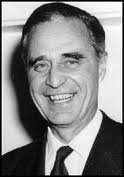
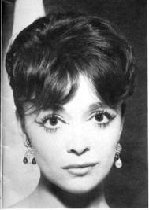

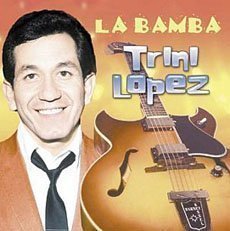
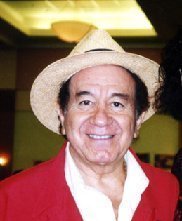

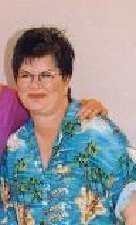
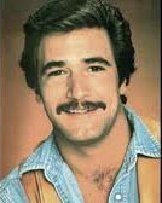
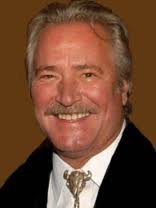



No comments:
Post a Comment